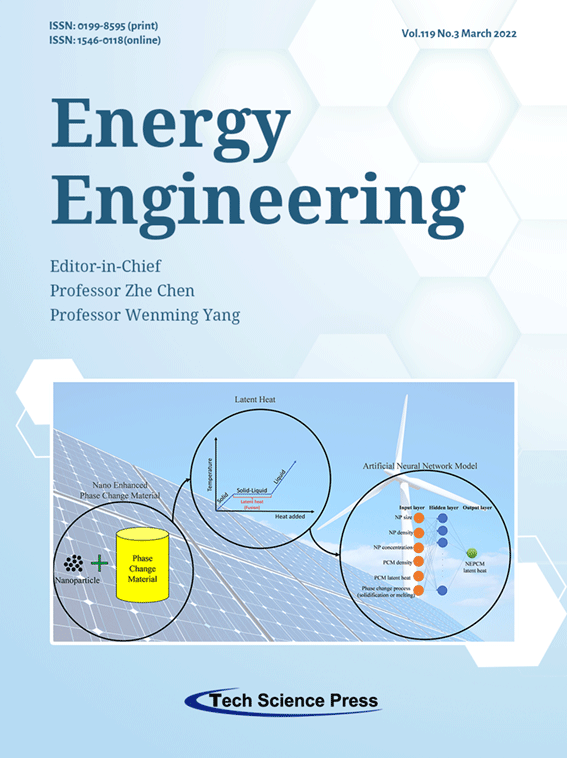
Phase change materials (PCM) have great latent heat but suffer from low thermal conductivity. Then, in recent years, nano particles have been added to PCM to improve their thermophysical properties such as thermal conductivity. Effect of this nano particles on thermophysical properties of PCM has been a question and many experimental and numerical studies have been done to investigate them. Artificial intelligence-based approach can be a good candidate to predict thermophysical properties of nano enhance PCM (NEPCM). Then, in this study an artificial neural network (ANN) has been developed to predict the latent heat of the NEPCM.
View this paper